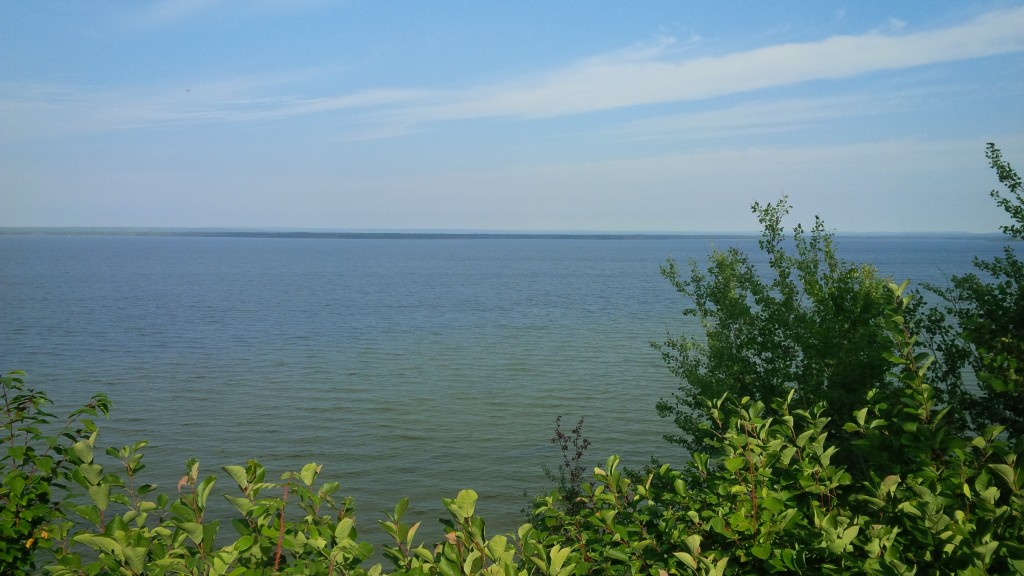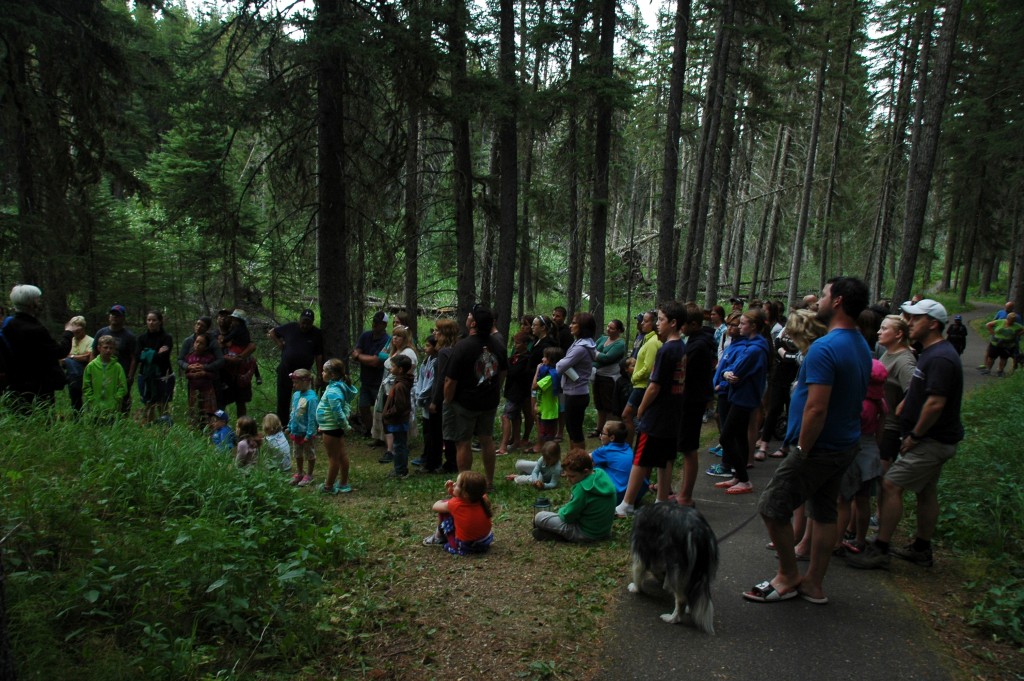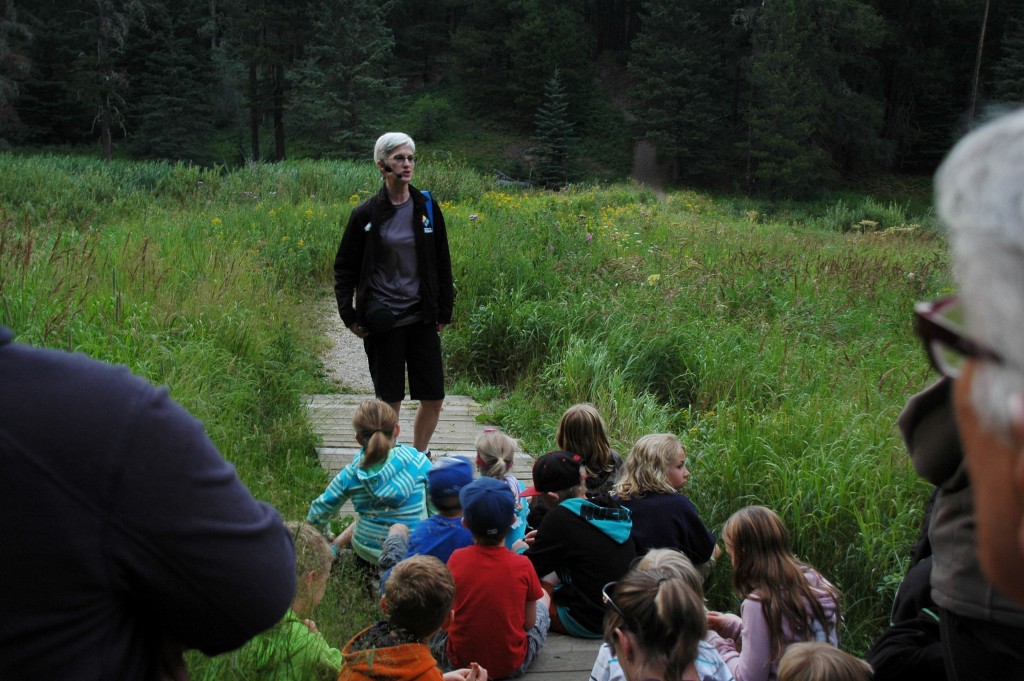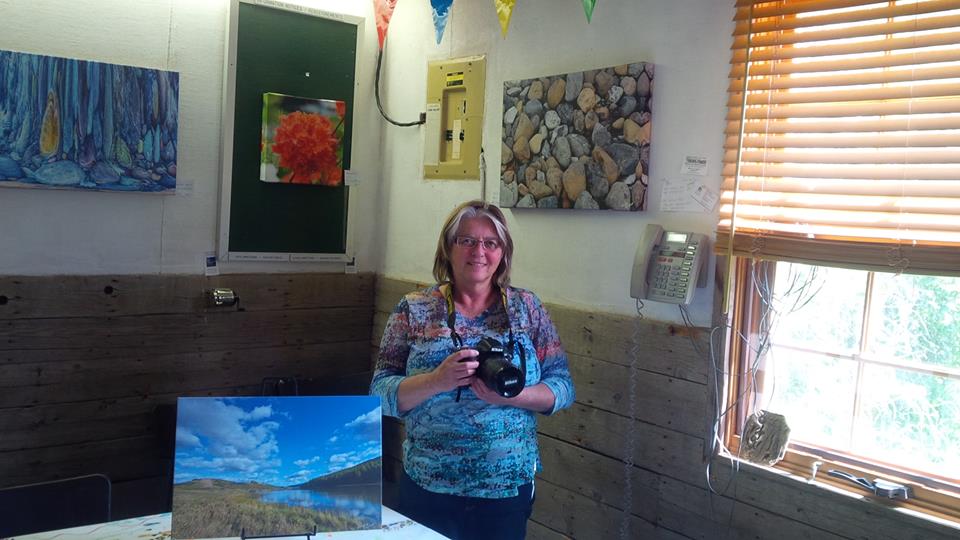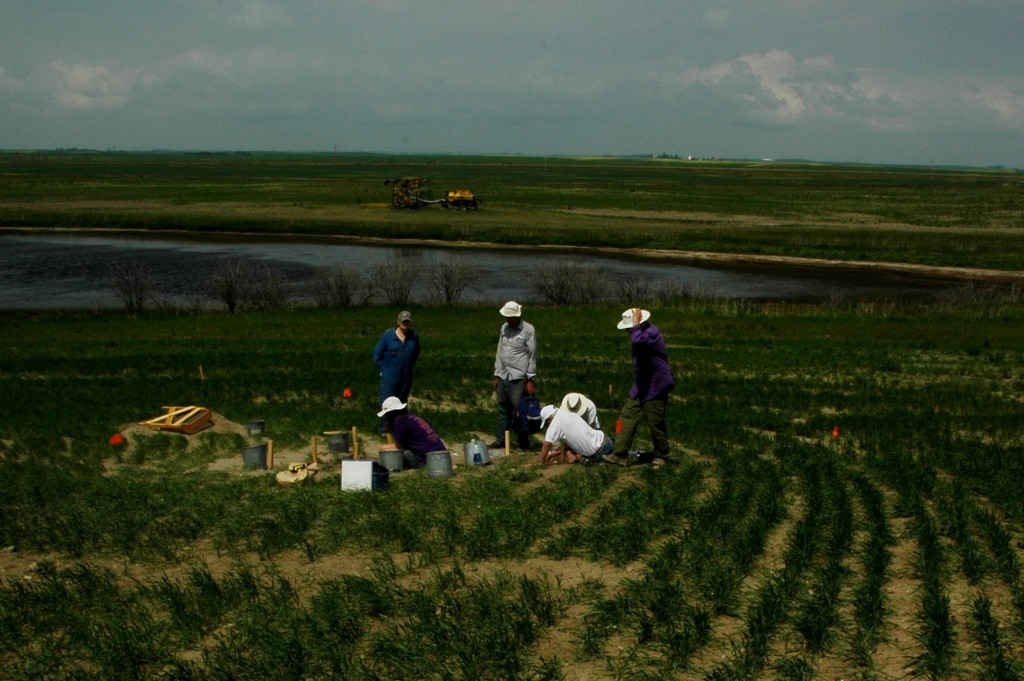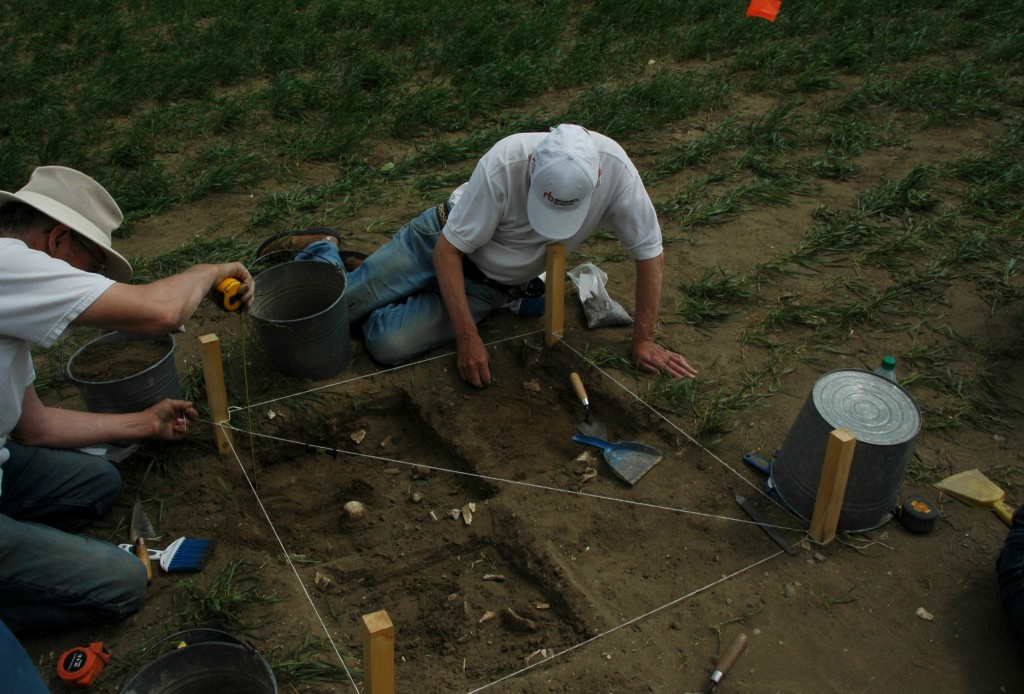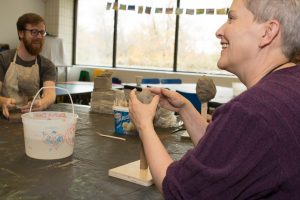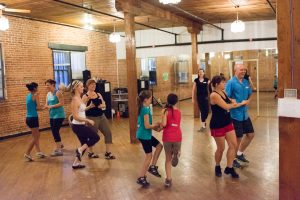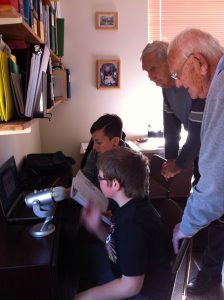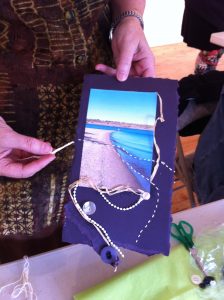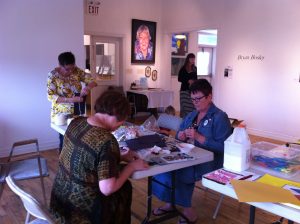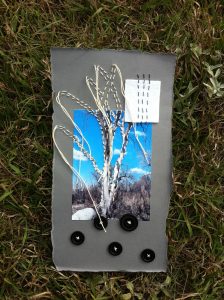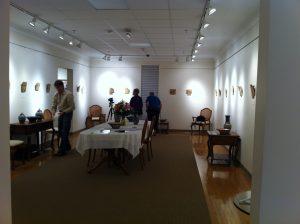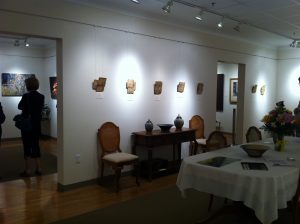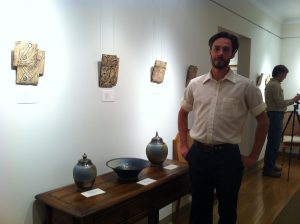Culture Crash Course: A Taste of Northern Saskatchewan
I’m from the deep south of Saskatchewan, where the only natural trees grow in coulees and on creek banks. Down here, life is defined by the open prairie, the rugged hills, and the vast sky. Place defines our cultural identities. It shapes who we are and how we live. This past week, I was given the opportunity to travel north and to participate in cultural experiences that, though they are within the boundaries of the same province, were new to me, and very much shaped by the natural landscape.
SaskCulture Outreach Consultant Damon Badger Heit and I made a trek north to the Meadow Lake area, nestled in the boreal forest. It was the furthest north I have ever been to date, though when I checked out a map of Saskatchewan, I realized that it is still only about halfway up our vast province. Life there is defined by forest and abundant lakes. As soon as we travelled west and north from Prince Albert on Highway 55, the change in both landscape and culture was evident. For instance, one of the main topics of conversation was berries, particularly blueberries – where to find the best ones, the distances people had travelled in search of them, the quality of this year’s berry harvest. We drank wild mint tea that had been picked in the nearby forest. The road was full of logging trucks, not the grain semis and farm equipment I’m used to in the south.
As a community engagement animateur, my job is to engage and animate communities about culture. But I always end up on the receiving end of engagement and animation. I am constantly learning new things about the cultural fabric of this province. On this particular trip, Damon coordinated a series of learning adventures which allowed me to interact with a few cultures that I had previously had little personal experience with: Métis and traditional Cree culture.

Opening of the Northern Indigenous Media Arts Project at the Mann Art Gallery, Prince Albert. August 27, 2015. Kristin Catherwood.
First we attended the opening of Northern Indigenous Media Arts Project exhibition at the Mann Art Gallery in Prince Albert. The project enabled aboriginal youth to explore culture through the art of photography, allowing us to glimpse the world as they see it. Next we stopped at Keewatin Junction Station in Green Lake, a café housed in a former train station which doubles as a Métis cultural interpretive centre. Over the next couple days we visited three First Nation bands, experiencing a sweat lodge, feast and a Pow Wow. Oh, and I managed to squeeze in a workshop on Intangible Cultural Heritage in Meadow Lake as well.
The most profound experience of all was inclusion in two traditional Cree ceremonies. At Waterhen Lake First Nation I was honoured to participate in a sweat lodge ceremony. It was my first experience at a sweat, and Damon made sure I knew the proper etiquette: the offerings of tobacco and broadcloth, the proper attire, and the importance of bringing a towel! Though I was nervous since this was all new to me, I was so graciously welcomed by the elders leading the ceremony and all the other participants that it was easy to put my anxiety aside and commit to fully experiencing the ceremony. I will never forget it.
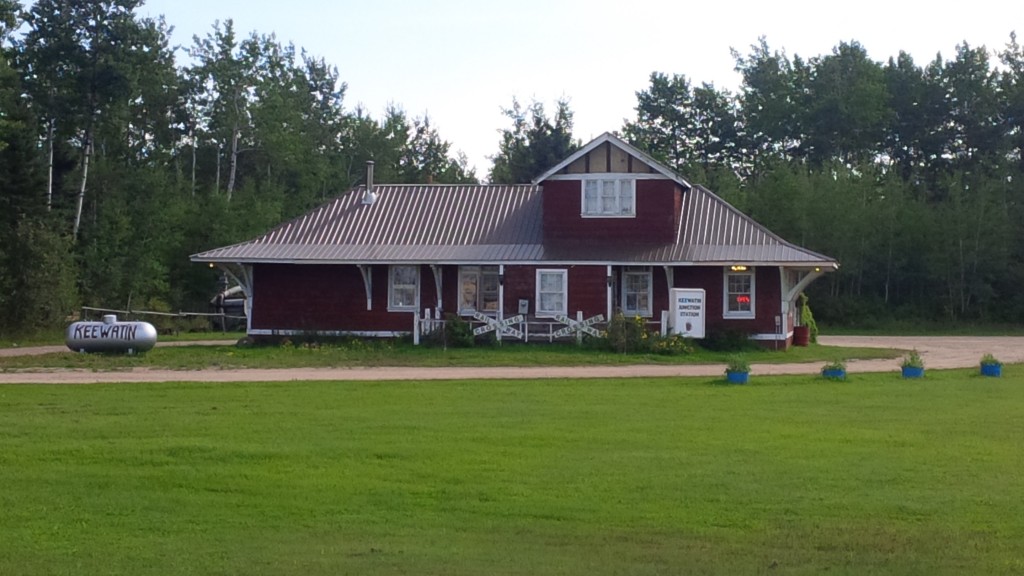
Keewatin Junction Station in Green Lake is a cafe/coffee shop as well as a Metis cultural heritage interpretive centre. August 28, 2015. Kristin Catherwood.
During my time at Waterhen, Damon showed me a place of offerings atop one of Water Hen’s Seven Hills. There people have left gifts for the Little People. Cultures around the world honour local spirits in this way, and it was humbling to see the reverence with which they are regarded by the many gifts left for them. The forest and the lake are a powerful force, and I felt compelled to make my own small offering in that place.
Before beginning our long journey home, we were invited to attend a Feast at Flying Dust First Nation. I was again immersed in traditional Cree culture, and thankful for the honour of being there, and for the guidance I received in how to conduct myself during the ceremony. We feasted on traditional northern foods like moose and elk meat, bannock, berries and wild mint tea, as well as more modern fare like garden potatoes and frosted cake. I learned that at a Feast, you eat until the food is all gone. Needless to say, Damon and I did not feel the need to stop for snacks on the drive home!

The sign for the Mistawasis Pow Wow, written in the local vernacular. August 29, 2015. Kristin Catherwood.
On the way back to Regina, we stopped at the Mistawasis First Nation Pow Wow. Dancers in traditional regalia mingled with the crowd, and I was struck by the pride I could see in the performer’s faces. It was a potent reminder that the celebration of culture is powerful. Altogether, my quick trip to the north was something of a crash course in traditional Cree culture. It was a totally immersive experience one of great personal significance.
We live in a province of incredible diversity: diversity of landscape, of people, of culture. So often we exist only within our own cultural comfort zones. We may observe another culture by reading about it, looking at art about it, or watching videos of it, we may eat so-called “ethnic foods” at a restaurant, or watch a cultural performance. But to truly understand culture, we must experience it in a personal way – by participating. I am grateful I had the opportunity to do just that in my first ever northern Saskatchewan experience.

